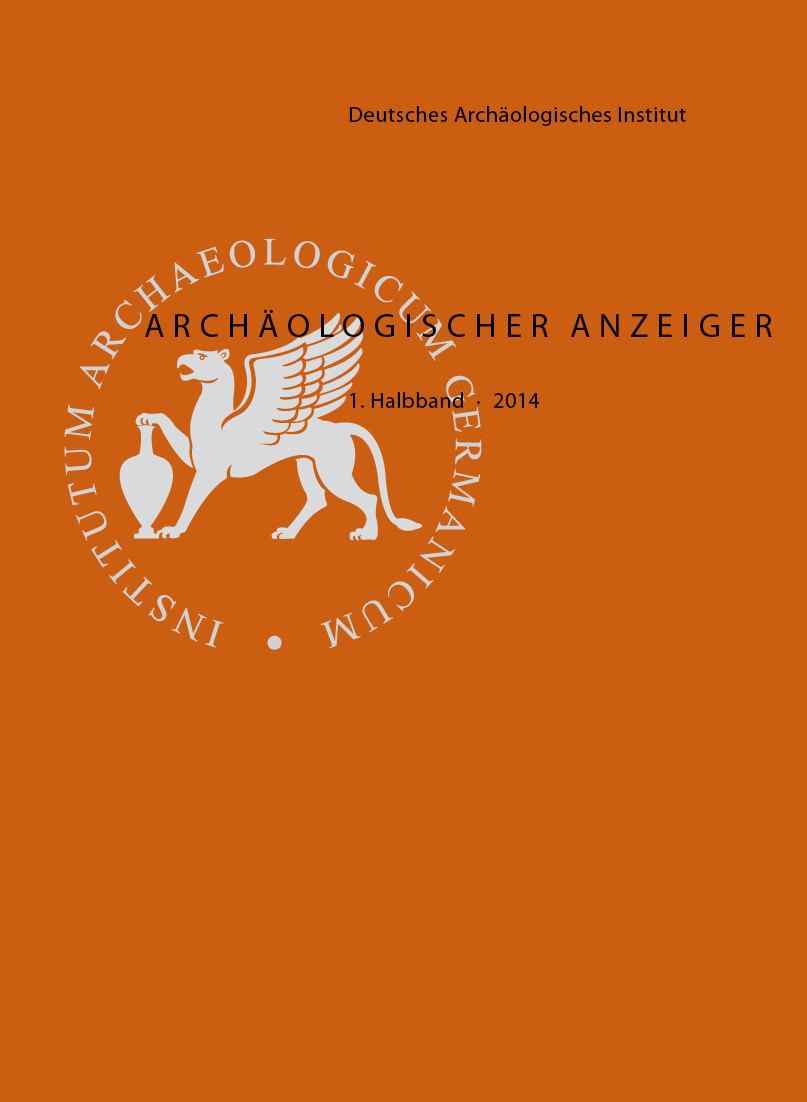Archaeoseismological Damage Patterns at the Ancient Ruins at Rehovot-ba-Negev, Israel
https://doi.org/10.34780/0at4-6147
Abstract
An archaeoseismological study of ruins at ancient Rehovot-ba-Negev (Rehovot in the Negev) has revealed numerous features of seismic destruction, such as tilted and collapsed walls and arches, shifting and rotations of wall fragments, deformation of walls due to pushing by an adjacent perpendicular wall, opening between adjacent perpendicular walls, wall fissures (joints), and wall cracks at a water reservoir. Supporting walls and columns, which indicate post-earthquake repair, are also deformed and destroyed. These seismic damage features testify to at least four earthquakes that struck the ancient town: the first one during the 5th cent. A.D., the second earthquake in the 7th cent., the third seismic event occurred at the Early Arab period (9th cent.) and the fourth earthquake in the 20th cent. Local seismic intensities of ancient seismic events were in the range of I=VIII–IX. These data confirm our previous similar results at adjacent ancient cities of the Negev desert – Avdat, Haluza, Mamshit and Shivta. This region, west of the Dead Sea transform, is seismically unstable. Strong earthquakes occur here once in a few hundred years.
Parole chiave:
Archeoseismology, ancient earthquakes, ancient cities, Negev desert, Israel





